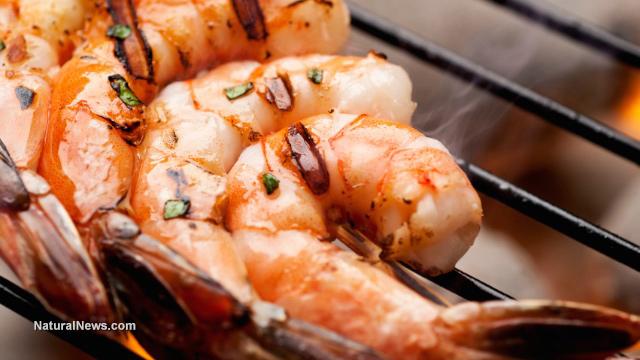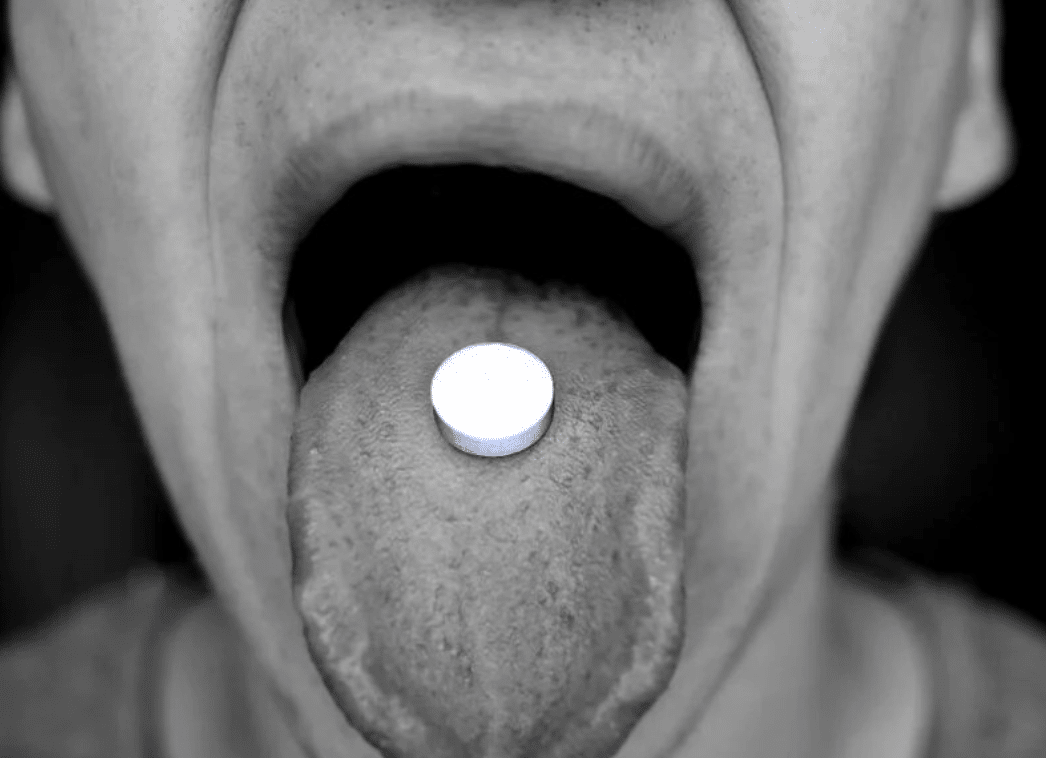Candida is a more common problem than most people realize. The right supplements can certainly help, but unfortunately, Candida albicans and other species of Candida (there are over 20 of them) will bounce back if you do not follow the most effective and necessary change – radically changing your diet.
Usually the most effective protocol begins with a strict adherence to a sugar free, grain free, GMO free, and processed food free diet. Over time, as the body restores balance, your immune system will be able to hold Candida in check, and more flexibility in your diet can follow.
Most people know that sugar feeds Candida, but many people don’t know that heavy metals and other toxins kill beneficial bacteria, paving the way for Candida to flourish.
Fruit
Fruits are high in natural sugars. For the first few weeks of a Candida detox diet, avoid all fruit. After the symptoms of Candida overgrowth die down, fruit can be reintroduced, but this should be done slowly, a few fruits at a time. Also the reintroduction of fruit should begin with the fruits that are the lowest in sugar; the high sugar fruits should be reintroduced later.
Vegetables
The majority of vegetables are great for a Candida detox diet. Unfortunately there are a few vegetables that should be avoided for the first few weeks, and not eaten cooked while on a Candida detox diet.
Beets are so high in sugars that cultivars have been developed that are grown just to make processed sugar (sugar beets). Especially when they are cooked, beets (any cultivar) feed yeast in a big way. Healthy people without a Candida overgrowth, should consume raw beets regularly, because they are very high in nutrients.
Alcohol
It is common knowledge that alcoholic drinks are drinks that have been fermented by yeast. These fungi feed on sugars and release alcohol and other toxins as waste products. Not only are these toxins harmful to us, they are devastating to the beneficial bacteria in our gut.
Just as alcohol can be applied externally to disinfect wounds (killing bacteria), when taken internally, alcohol also kills bacteria, even the beneficial bacteria that help keep Candida in check.
Seafood and Other Food With Heavy Metals
Today’s seafood is not the same as the seafood that we used to catch many years ago. Unfortunately, most of our seafood is contaminated with heavy metals, radioactive material, and other toxins. Sadly, farm raised seafood is usually worse.
Vinegars
Most vinegars can cause inflammation of the gut, and this can make us more vulnerable to yeast infections. Apple cider vinegar is an exception, and most people with Candida overgrowth benefit from consuming it, especially the raw, organic kind.
Nuts
Nuts are often contaminated with mold. Small amounts don’t pose that much of a problem for us. But since mold is a type of fungus, our bodies are less able to handle the toxins present in mold if we are besieged by Candida, and many molds contain antibiotic properties as well. As you probably guessed, mold can kill off our beneficial bacteria, and we need as much beneficial bacteria as possible to battle Candida.
Beans
Beans are notoriously difficult to digest; that’s where the gas comes from. Any foods or food combinations that are difficult to digest should be avoided when you’re on a Candida detox diet. If you can’t fully digest food that you consume, you are feeding Candida. Beans are one of those foods that are good for us when we are healthy, but not good at all when we are dealing with Candida overgrowth.
Grains
Most people consume far too many grains. Eaten in moderation, some grains are okay, but when on a Candida detox diet, or any kind of detox diet for that matter, grains should be avoided.
Agave
The reason that agave nectar is sweet is that it is very high in fructose. While fructose is very difficult for the body to digest, Candida goes to town, easily feeding off of it. Consuming high amounts of fructose impedes liver function and promotes obesity. Agave nectar is higher in fructose than high fructose corn syrup. Unfortunately, there is nothing healthy about agave nectar, especially when trying to rid the body of Candida.
Artificial Chemical Ingredients
Aspartame, MSG, Splenda, Sweet N’ Low, Equal, nearly all preservatives such as nitrites and nitrates, and any other difficult to pronounce or mysterious ingredients such as “artificial flavorings” should be avoided.
Other Foods
Most dairy products should also be avoided with the exception of unsweetened yogurt and kefir. Dairy contains lactose, a sugar that is difficult to digest, but Candida thrives on it. Sugar feeds Candida, so sugar needs to be completely avoided. A sweet tooth leads to a leaky gut. When sugar is consumed, it feeds Candida and too much sugar transforms Candida into an invasive fungus, robbing us of our health. Candida overgrowth can even penetrate our intestines. It sounds like something out a horror movie, and many people find this hard to believe, but it’s true.
If you are challenged with an autoimmune disease or any other chronic condition, chances are Candida overgrowth is either the fundamental problem or a contributing factor. The right diet and supplements will help you win the battle and regain the proper balance in your gut. To learn more about how to kill Candida, check out Kill Candida and Balance the Gut Quickly, and also, Gluten, Candida, Leaky Gut Syndrome, and Autoimmune Diseases.
How many pounds have you lost this week? At Dieta Efectiva you can lose 10-12 lbs your first week and 2-5 lbs every week after. Visit us dietaefectiva.net to learn more about our program.
NN:DT







